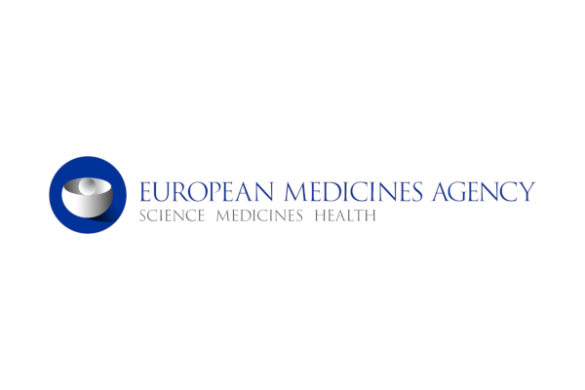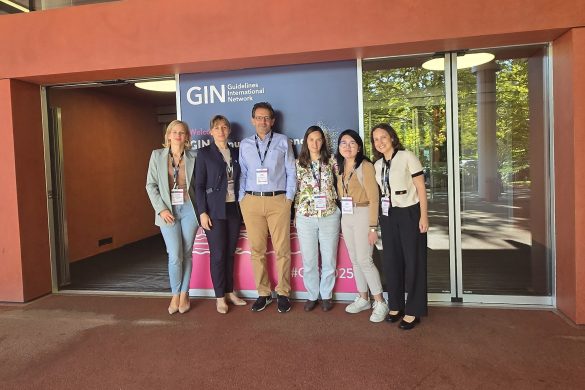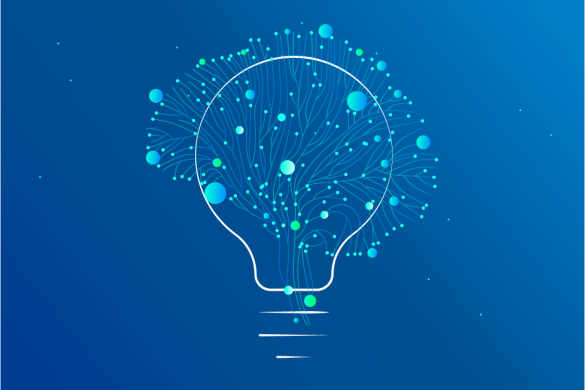Key points:
- Personalized noxious stimuli may allow to detect pain perception in a larger number of non-communicative patients than standard nailbed pressure.
- NIRS-EEG performed in patients with acute brain injury can be used to assess the recovery of neurovascular coupling, and machine learning can be applied to this data to offer a new diagnostic and prognostic tool.
- Swallowing deficits are extremely prevalent among patients with disorders of consciousness, and some components of swallowing appear to correlate with the level of consciousness. Better assessment and management of dysphagia is needed among this population.
- A new project has been launched in Russia to develop diagnostic and therapeutic multimodal predictive algorithms for patients with disorders of consciousness.
Due to the unprecedented global sanitary crisis, the 2020 Congress of the EAN was held entirely online. Our virtual Panel Meeting was the occasion to introduce our new co-chairs, Dr. Formisano and Dr. Kondziella, prepare session proposals for the 2021 Congress, improve our communication strategy and launch two new guideline projects (one on prognosis and one on treatments) in the wake of the successful guideline on the diagnosis of disorders of consciousness (see doi: 10.1111/ene.14151). All panel members were proud to see this field brought under the spotlights of the EAN by Pr. Steven Laureys for the C. Brown-Séquard lecture in the plenary presidential symposium, and the recent EAN diagnostic guidelines featured in the new neurological guidelines session by Dr. Kondziella. An interesting multidisciplinary session on brain-computer interfaces for communication and rehabilitation also caught great attention, along with several ePosters and ePresentations from our panel members. This first entirely virtual EAN congress was therefore a very enriching experience and an opportunity to share knowledge remotely even though we all missed the pleasure to meet in person for this once. Please find hereunder some news from our panel members for the months of May and June 2020. Personalized painful stimuli could help to better assess pain perception among non-communicative patients with disorders of consciousness. This is what suggests the preliminary results of an ongoing study conducted by Dr Formisano’s team at the IRCCS Fondazione Santa Lucia in Roma, Italy. With the idea that noxious stimuli activate not only the sensory system but also complex cognitive and affective brain systems, they have developed a pain assessment paradigm based on personalized stimuli known to cause discomfort to each individual patient as observed by healthcare staff and caregivers. Using the standardized Nociception Coma Scale – Revised as primary outcome measure, they have found that the use of personalized painful stimuli elicited higher pain scores than standard finger nailbed pressure. This new tailored method may therefore allow to detect pain perception among a larger number of non-communicative brain-injured patients, which may lead to better pain management and increase their quality of life. See Formisano et al., Neuropsychol Rehabil, 2019 (doi: 10.1080/09602011.2019.1614464) for the full article.
Near-infrared spectroscopy (NIRS) coupled with EEG may be a promising neurovascular-based imaging tool to assess disorders of consciousness in the acute phase. Transportable, low-cost and practical, it is a suitable alternative to functional MRI for early evaluation in intensive care settings. Dr. Kondziella and his colleagues at the Rigshospitalet in Copenhagen, Denmark, have explored resting-state NIRS-EEG oscillations to assess the recovery of neurovascular coupling among patients with acute brain injury. They have used machine learning to correlate NIRS-EEG data with levels of consciousness and clinical outcomes, which allowed to distinguish unresponsive patients from conscious controls with >90% accuracy and identify patients who subsequently failed to recover consciousness with >99% accuracy. These results encourage further explorations on the use of NIRS-EEG as a diagnostic and prognostic tool for acute disorders of consciousness. See Othman et al., Neurocrit Care, 2020 (doi: 10.1007/s12028-020-00971-x) for the full article.
Patients with disorders of consciousness classically receive hydration and nutrition through an enteral feeding tube. However, the real impact of the level of consciousness on an individual’s swallowing ability and the prevalence of swallowing disorders among this population remain poorly investigated. Speech therapist E. Mélotte and her colleagues recently explored the incidence and the characteristics of dysphagia among unresponsive and minimally conscious patients at the University Hospital of Liège, Belgium. They have identified that 99% of assessed patients presented deficits in oral or pharyngeal phase of swallowing, with specific components related to consciousness. In particular, they highlighted that no patient with an unresponsive wakefulness syndrome could produce an efficient oral phase, which may suggest that this specific component is closely related to consciousness. These results confirm that objective swallowing assessments can be performed successfully in patients with disorders of consciousness and that management of dysphagia must be adapted to their individual profile. See Mélotte et al., Ann Phys Rehabil Med, 2020 (doi: 10.1016/j.rehab.2020.04.008) for the full article.
In Russia, a new project funded by the Russian Foundation for Basic Research and led by Dr. Kondrateva has been launched to develop multimodal predictive algorithms for patients with disorders of consciousness. They are using big data collected from complementary neuroimaging techniques (structural and functional MRI, FDG-PET, MR spectroscopy, EEG, polysomnography, arteriovenous blood metabolism, hormonal levels, sympathetic activity measures and clinical examination) to feed novel software algorithms and better predict both the prognosis of patients and their reactivity to therapeutic interventions. For more information on the project, please contact Dr. Ekaterina Kondrateva (eak2003@mail.ru).
References:
Kondziella et al., Eur J Neurol, 2020 (doi: 10.1111/ene.14151)
Formisano et al., Neuropsychol Rehabil, 2019 (doi: 10.1080/09602011.2019.1614464)
Othman et al., Neurocrit Care, 2020 (doi: 10.1007/s12028-020-00971-x) Mélotte et al., Ann Phys Rehabil Med, 2020 (doi: 10.1016/j.rehab.2020.04.008)
Panel joint Update, edited by Dr Leandro R. D. Sanz (SP Management Group, RRFS Representative) on behalf of all panel members.







